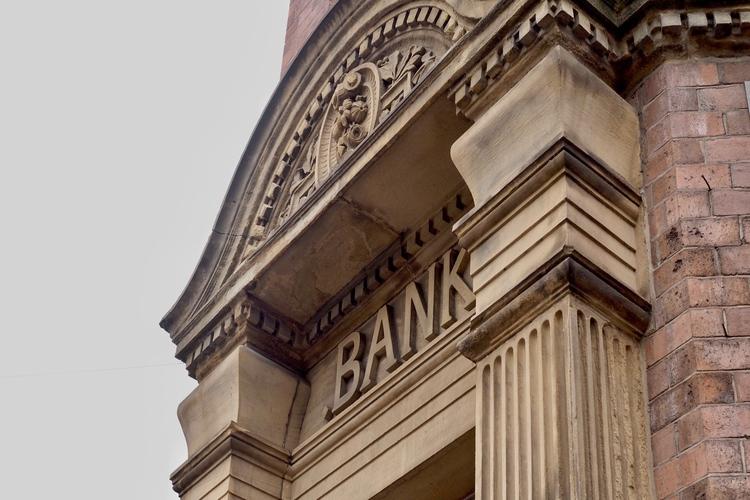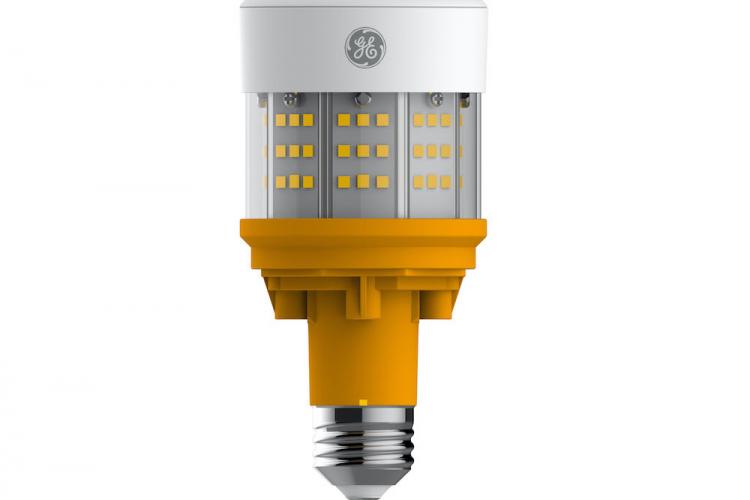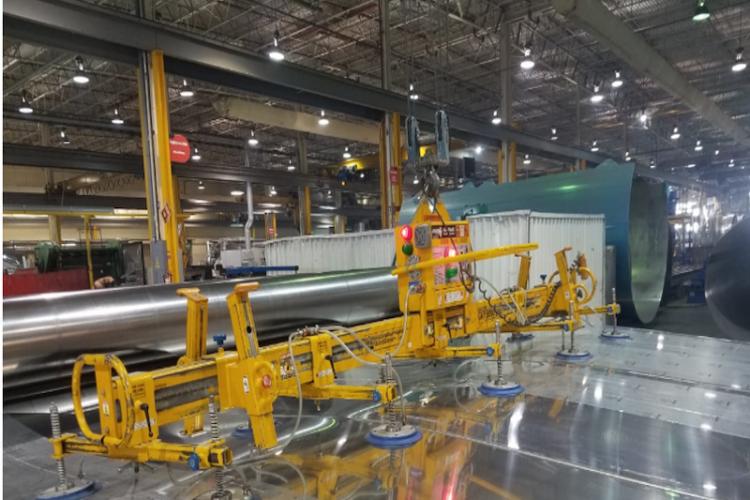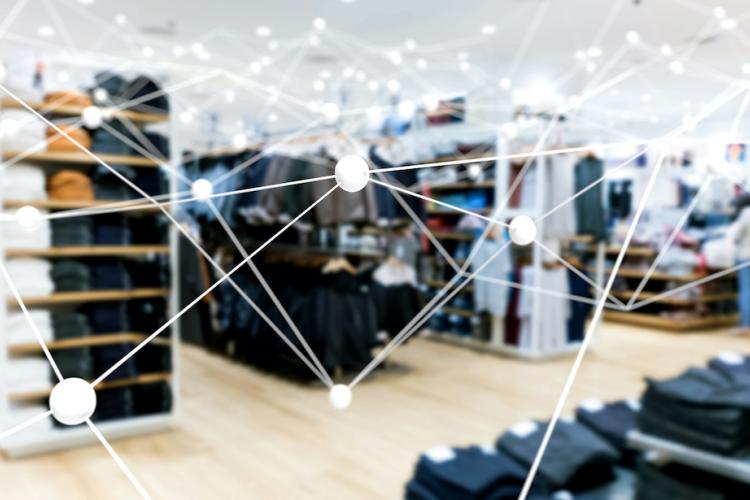Q&A: Why Branches are Banking on Smarter Buildings
Q&A: Why Branches are Banking on Smarter Buildings
Q&A: Why Branches are Banking on Smarter Buildings
Current works with banks and other financial institutions to drive smarter energy management strategies. Increasingly, this conversation has turned to what branches can do to operate more efficiently while better serving customers.
 In his role as principal digital product manager for Current, Peter Atanasovski helps companies grow comfortable with new technologies and craft enterprise-wide approaches to reducing energy use. In this exchange, Peter shares his thoughts about how the industry is banking on smarter buildings.
In his role as principal digital product manager for Current, Peter Atanasovski helps companies grow comfortable with new technologies and craft enterprise-wide approaches to reducing energy use. In this exchange, Peter shares his thoughts about how the industry is banking on smarter buildings.
Current: Why are banks focused on smart buildings?
Peter: There’s a strong commitment to sustainable practices across the banking industry, and we’re seeing the efficient operation of branches take on even more importance. At the same time, the rise of mobile banking technologies has made physical locations less central to the customer experience, prompting some branches to shrink their spaces. Consider a report by commercial real estate firm JLL that found the U.S. banking industry could save $8.3 billion a year by downsizing the average branch from 5,000 to 3,000 square feet. As banks reduce their physical footprint to cut costs, reducing their energy footprint falls right in line with that. Branches aren’t going away but are increasingly at the center of operational improvement strategies.
C: How do banks consume energy?
P: Branches alone can account for 60 percent of a bank’s total energy use before you add in ATMs, offices and other sites. Within these buildings, HVAC can represent 40 to 50 percent of the total energy consumption, followed by lighting at 20 to 30 percent and electronic equipment around 10 to 20 percent according to the Energy Information Administration (EIA). Saving starts with installing more-efficient products such as LED lighting, high-performing Remote Terminal Units (RTUs) or plug load controls, but that’s just part of the answer. What many banks want is greater visibility into the health of their assets and greater control of building systems 24/7. When lights in an empty conference room can switch off automatically or when your air conditioner isn’t running needlessly, that’s where the biggest reductions are waiting to be realized.
C: What are banks already doing to manage energy?
P: In larger buildings and high-rises, there can be a fully integrated Building Automation System (BAS)/Energy Management System (EMS) that monitors and controls the lights, heating systems, cooling towers, air handling units and other subsystems. Often though, you’re looking at an antiquated DOS-based system that may communicate with hundreds of controllers, many of which are obsolete. As digital technologies continue to evolve in leaps and bounds, many legacy BASs/EMSs cannot meet today’s more complex requirements. That’s where routine management starts to get arduous as you try to connect your system to newer Internet of Things (IoT)-enabled devices. Smaller branches, meanwhile, tend to use standard lighting and comfort controls or no controls at all. The technology just hasn’t been there to make a mini-BAS/EMS economically viable for every location, but this is changing.
C: How is energy management changing?
P: We’ve arrived at a new generation of technologies that make it easier and more cost effective to add controls to existing infrastructure. For instance, LED is a semiconductor light source that is perfectly suited to house sensors and software. In many of the lighting installations Current performs today, customers are looking for individual control of their fixtures, which is achieved by adding an intelligent node to each light. Enabling this higher level of connectivity are short-range communication network protocols like Zigbee, which is a wireless language that devices use to talk to one another. Zigbee is an open standard intended to be simpler and less expensive than Bluetooth® or Wi-Fi®, and tens of millions of devices already use it.
C: What’s the value of a wireless network?
P: Energy and asset management are gateways to data collection that can impact not just operational efficiency but the customer experience as well. Standards like Zigbee allow seamless interoperability between many different types of IoT devices, regardless of their vendor or vintage. That these devices can now speak a universal language means banks have more access to products and services going forward, including connected lighting, HVAC and other smart building solutions. All companies have an array of disparate systems and equipment to manage, and placing a wireless network on top of this infrastructure is a big step in taking site-level control of your property portfolio. At the same time, it’s an entrée into enterprise-wide visibility that all organizations value immensely.
C: Why are banks seeking a holistic view of their operation?
P: Most banks use a national or global workflow management system to coordinate maintenance and repairs, from an RTU that’s making loud noises to lights that have gone out. Typically, someone will go into the system and create a notification that’s put in a queue. It might be a facilities team or outside contractor that handles the job from there. With a better understanding of exactly how old an asset is, its repair history and how well that piece of equipment is performing today, it becomes easier to identify what constitutes a priority mission and what doesn’t. Now you’re not paying a higher labor rate for work you know can wait. On the contrary, you can immediately dispatch a crew to locations where the customer experience might be affected. With a wider view, you can also see which sites are most successful and apply best use cases to other properties. Sophisticated controls and cloud-based technologies are making it possible for fewer people to manage more sites more simply.
C: Can you give an example of a bank that’s already saving?
P: Recently, JPMorgan Chase entered the second phase of an ongoing collaboration with Current to install new energy-management and digital tools that will increase the efficiency of 4,500 of its U.S. branches. Our solution utilizes lighting controls, sensors and software to help Chase reduce its electric and gas consumption. In fact, the first phase of the project included the world's largest LED installation to date, where 2,500 Chase branches were retrofitted with our lighting. This cut total lighting energy consumption by 50 percent and, in terms of environmental impact, is equivalent to taking nearly 27,000 cars off the road. Chase has a goal to reduce greenhouse gas emissions by 50 percent by 2020 compared to 2005 levels, and we’re proud to say we’re helping make that possible.
Continue the Q&A to read more about advanced energy management for banks and how control of thousands of sites is now possible from a single platform.






